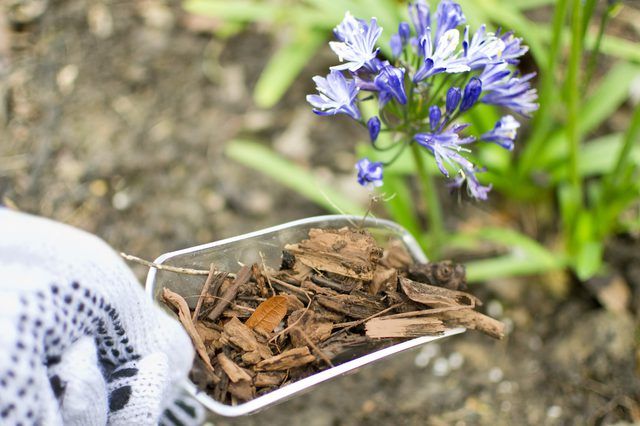Bulbs
Flower Basics
Flower Beds & Specialty Gardens
Flower Garden
Garden Furniture
Garden Gnomes
Garden Seeds
Garden Sheds
Garden Statues
Garden Tools & Supplies
Gardening Basics
Green & Organic
Groundcovers & Vines
Growing Annuals
Growing Basil
Growing Beans
Growing Berries
Growing Blueberries
Growing Cactus
Growing Corn
Growing Cotton
Growing Edibles
Growing Flowers
Growing Garlic
Growing Grapes
Growing Grass
Growing Herbs
Growing Jasmine
Growing Mint
Growing Mushrooms
Orchids
Growing Peanuts
Growing Perennials
Growing Plants
Growing Rosemary
Growing Roses
Growing Strawberries
Growing Sunflowers
Growing Thyme
Growing Tomatoes
Growing Tulips
Growing Vegetables
Herb Basics
Herb Garden
Indoor Growing
Landscaping Basics
Landscaping Patios
Landscaping Plants
Landscaping Shrubs
Landscaping Trees
Landscaping Walks & Pathways
Lawn Basics
Lawn Maintenance
Lawn Mowers
Lawn Ornaments
Lawn Planting
Lawn Tools
Outdoor Growing
Overall Landscape Planning
Pests, Weeds & Problems
Plant Basics
Rock Garden
Rose Garden
Shrubs
Soil
Specialty Gardens
Trees
Vegetable Garden
Yard Maintenance
How to Care for Agapanthus Plants
How to Care for Agapanthus Plants. The agapanthus plant, also known as the lily of the Nile, produces clusters of blooms in blue, white or violet. Blooms generally appear from late spring to early fall. The name agapanthus is Greek and means love flower. The plant is a perennial and will grow again year after year. They grow best in zones 8a to 11,...
The agapanthus plant, also known as the lily of the Nile, produces clusters of blooms in blue, white or violet. Blooms generally appear from late spring to early fall. The name agapanthus is Greek and means love flower. The plant is a perennial and will grow again year after year. They grow best in zones 8a to 11, but can be grown in other areas with proper care.

Things You'll Need
Agapanthus plant
Fertilizer
Water
Step 1
Plant the agapanthus in a location that has full sun for most of the day. The soil should not be too acidic and should be loose to allow for proper drainage.
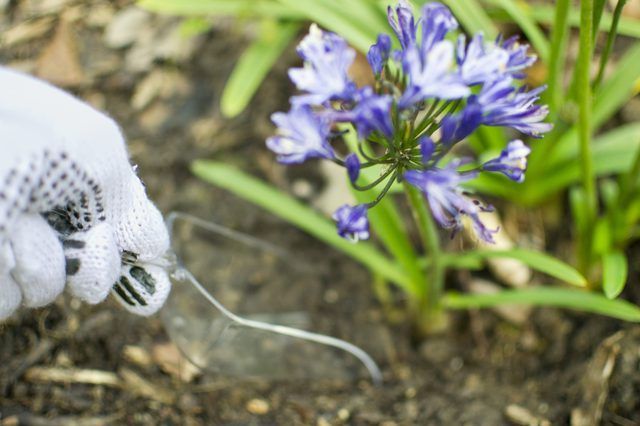
Step 2
Water the agapanthus enough to keep the soil moist. Do not allow the soil to stay soggy. Do not allow it to dry out for a long period of time. Reduce watering during colder months.
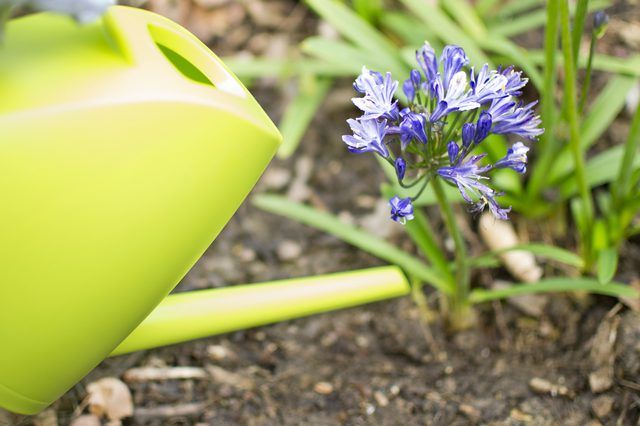
Step 3
Fertilize the agapanthus twice a month during spring and summer. Use a general purpose fertilizer and dilute it to half the strength that is recommended on the packaging using water. If preferred, a slow-release fertilizer can be used once in early spring instead.
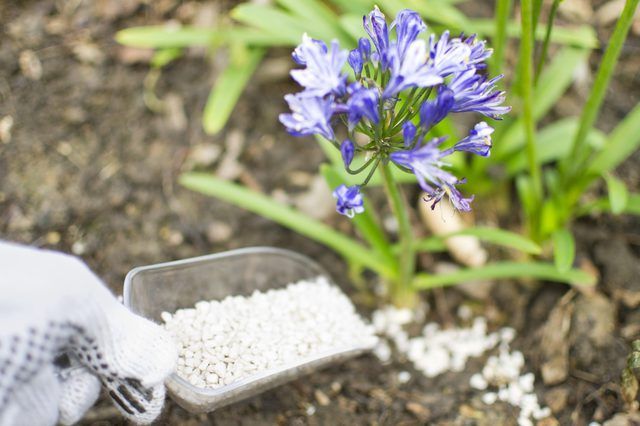
Step 4
Prune any damaged or dead foliage to allow new leaves to grow. Pruning to shape the plant should only be done in spring and summer. Regular pruning is not necessary and should be done sparingly.
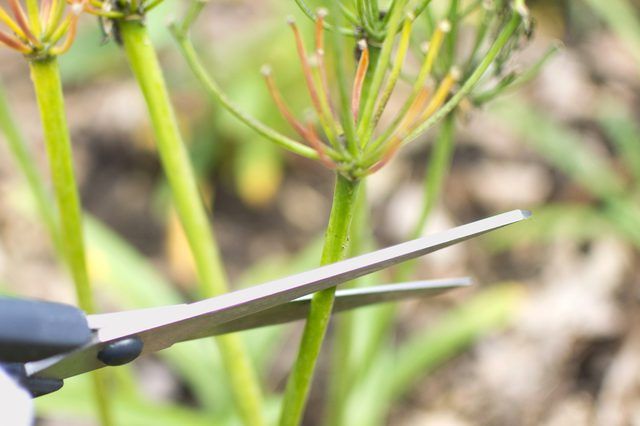
Step 5
During the winter months a layer of mulch should be applied to protect the roots from frost. Remove the mulch once warmer weather resumes.
